Wednesday, January 16, 2019
The Roots of Rap: 16 Bars on the 4 Pillars of Hip-Hop by Carole Boston Weatherford, illustrated by Frank Morrison
Music is one of the most influential cultural expressions there is and hip-hop is a perfect example of that. As Carole Boston Weatherford points out in her new picture chronicling the history of rap and hip-hop and the people who made it happen, this was not a musical genre that sprang up out of nowhere. Instead it had its roots in the oral tradition of folktales, street rhymes and spirituals. These were the very same influences, she points out, on two of the greatest African American poets - Paul Laurence Dunbar (1872-1906) and Langston Hughes (1902-1967).
It all began in the 1960s, when James Brown hit the music scene and introduced the world to funk, a form of music that incorporates soul, jazz and R&B, with a funky bass line (emphasizing the downbeat or putting the emphasis on the first beat of a measure). And just as important was his message, "I'm black and I'm proud."
James Brown paved the way for rappers and in the 1970s things began to change. Inner city youth found creative expression in rapping. Other found it in a spray paint can, leaving their tags and other forms of graffiti on subway cars, billboards, bridges and buildings. Boom boxes made it possible for youthful street performers with a whole repertoire of moves to break dance to an audience of passersby, and deejays introduce the Jamaican dub, while in the Bronx DJ Kool ushers in the birth of hip-hop.
A proliferation of hip-hop performers were soon producing records and getting air time on the radio, not just changing music, but also influencing styles and clothing, and bringing a certain awareness to the world.
Weatherford is a master at crafting a story, and here she has presented a whole history in a mere 32 lines of poetry. I realized while reading this book just how she managed to accomplish that.
The beauty of hip hop is that each song tells a story. The story told in this book is about hip-hop's roots and beginnings using the form that makes hip-hop such a stand out musical genre. A hip hop song is generally 16 to 32 bars and every two lines should rhyme with each other. Unlike a bar in most musical forms, however, a rap bar is simply a sentence. In The Roots of Rap, Weatherford used a 32 bar rap, making this essentially a two verse "song." The first 16 bars are the roots of rap, while the second 16 bars are the beginning and rise of hip-hop and the performers who popularized it.
"A generation voicing stories, hope, and fears/found a hip-hop nation. Say holler if you hear.
From Atlanta to Zanzibar, youth spit freestyle freedom sounds/Hip-hop is a language that's spoken whole world 'round."
Since the words in a hip-hop song are also a form of poetry, if you are teaching kids different poetic forms you might want to include it and The Roots of Rap would be the ideal book to do that with.
Frank Morrison's bold, powerful illustrations sets a stage that unmistakably resembles kind of graffiti of the New York City rap culture of the 1970s when I was a kid and it was all around me. Each detailed two page spread compliments and enhances Weatherford's words, and together they bring their history of hip-hop to life.
The book begins with an introduction by rapper Swizz Beatz, and there is an Author's Note and Illustrator's Note, as well as a Glossary and a Hip-Hop Who's Who you won't want to miss.
The Roots of Rap: 16 Bars on the 4 Pillars of Hip-Hop is a wonderful introduction to rap and hip-hop, and should be a welcome addition to any music curriculum. However, I personally feel it is more of a picture book for older readers rather than the recommended 4 to 8 year old range.
This book is recommended for readers age 8+
This book was sent to me by publisher, Little Bee Books
Subscribe to:
Post Comments (Atom)








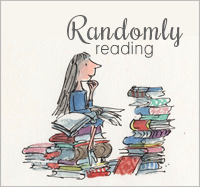












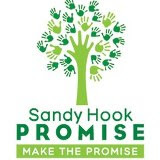

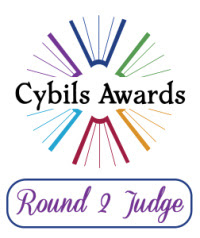





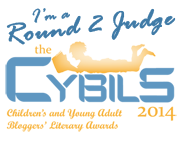

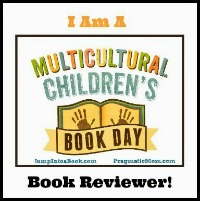


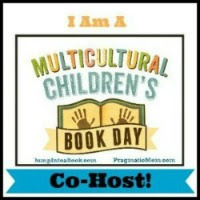

No comments:
Post a Comment